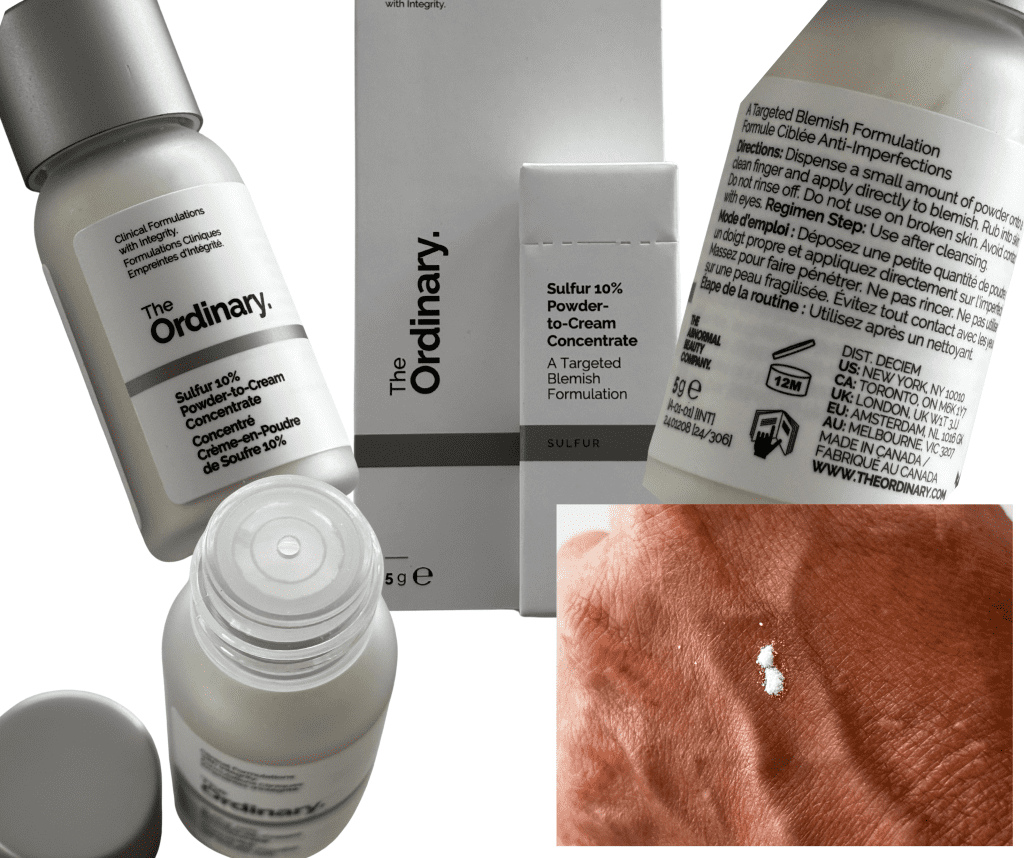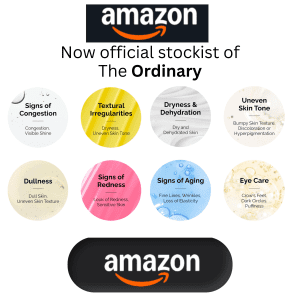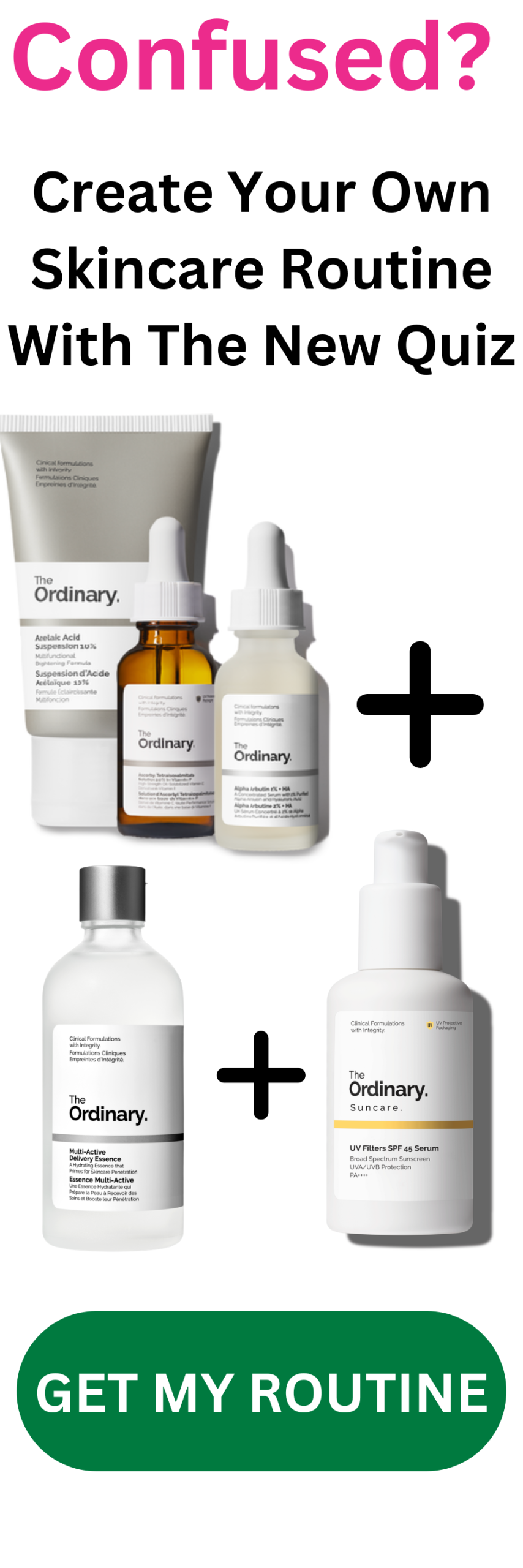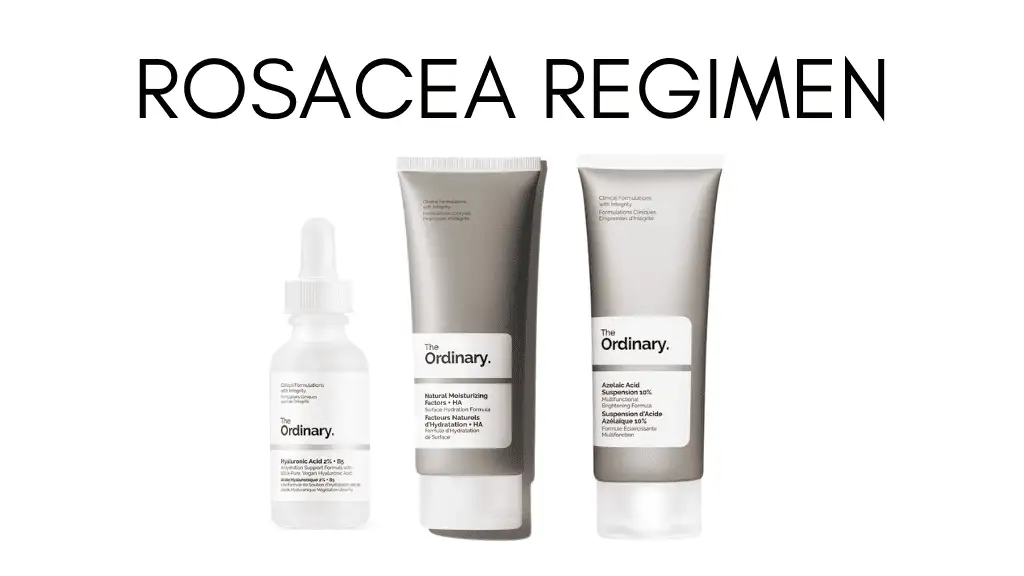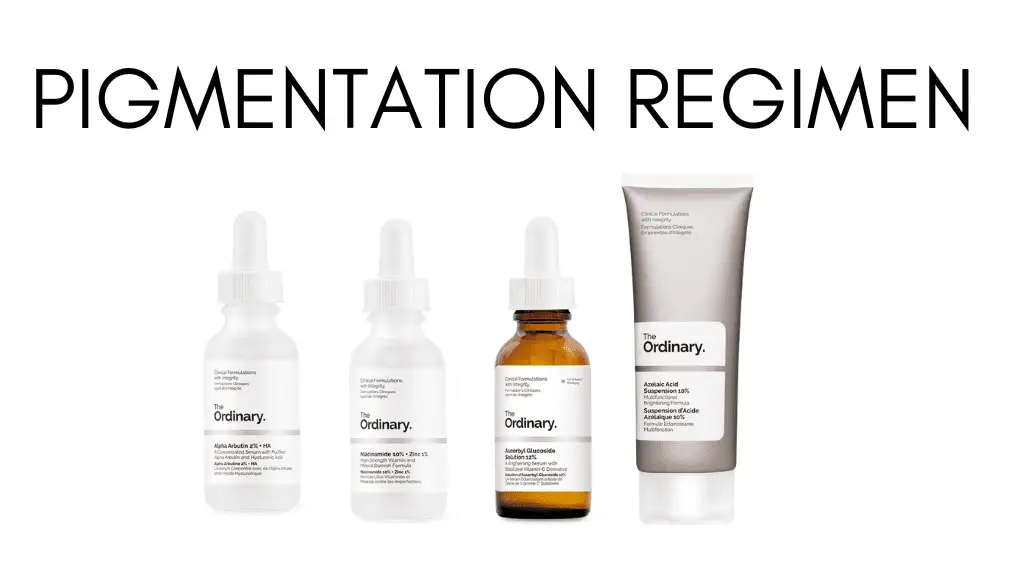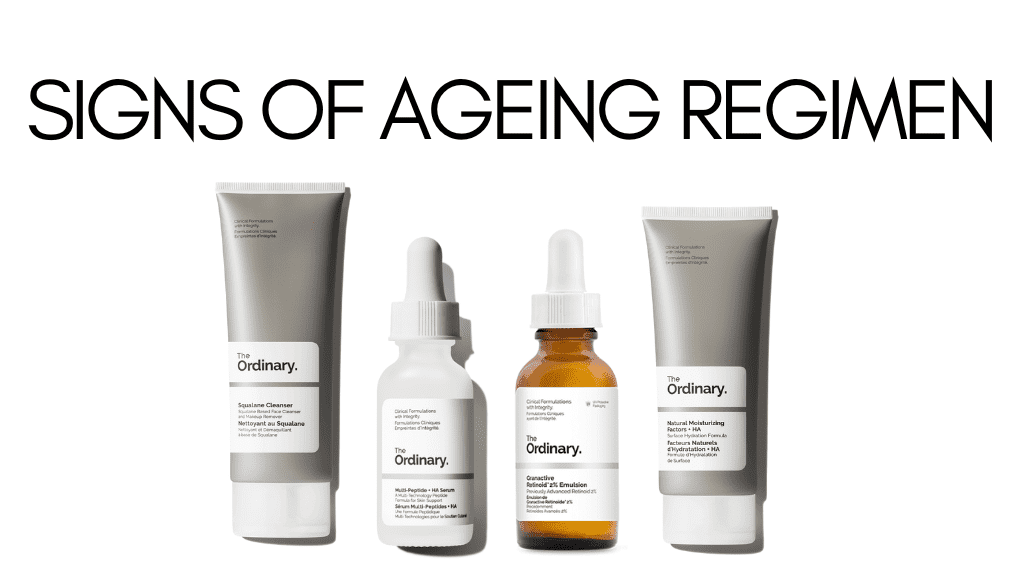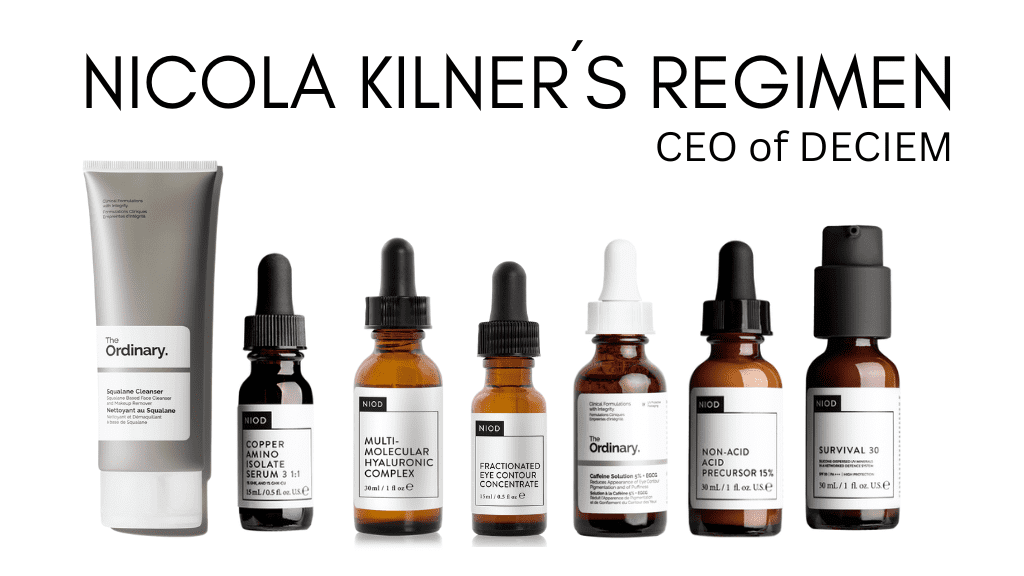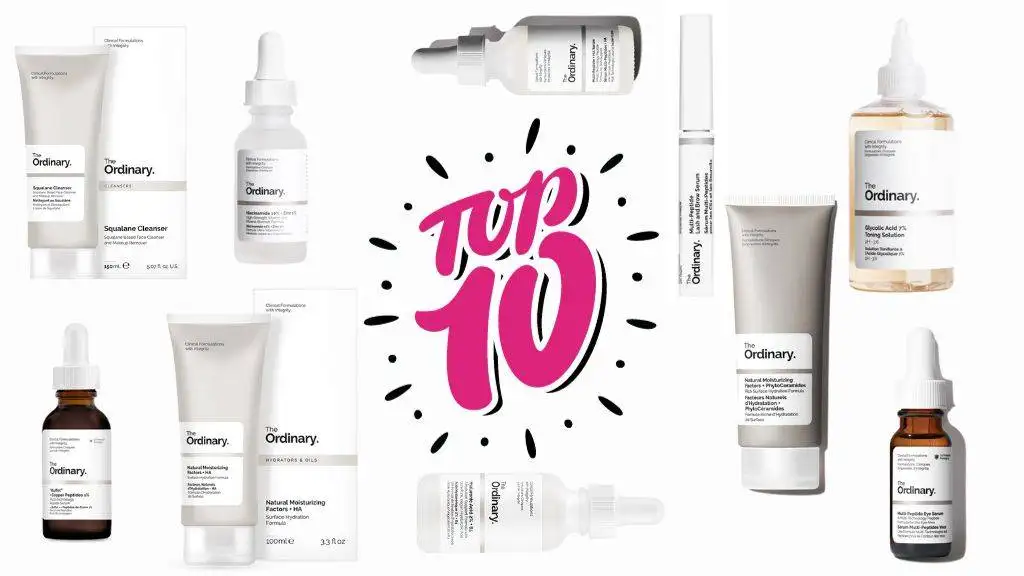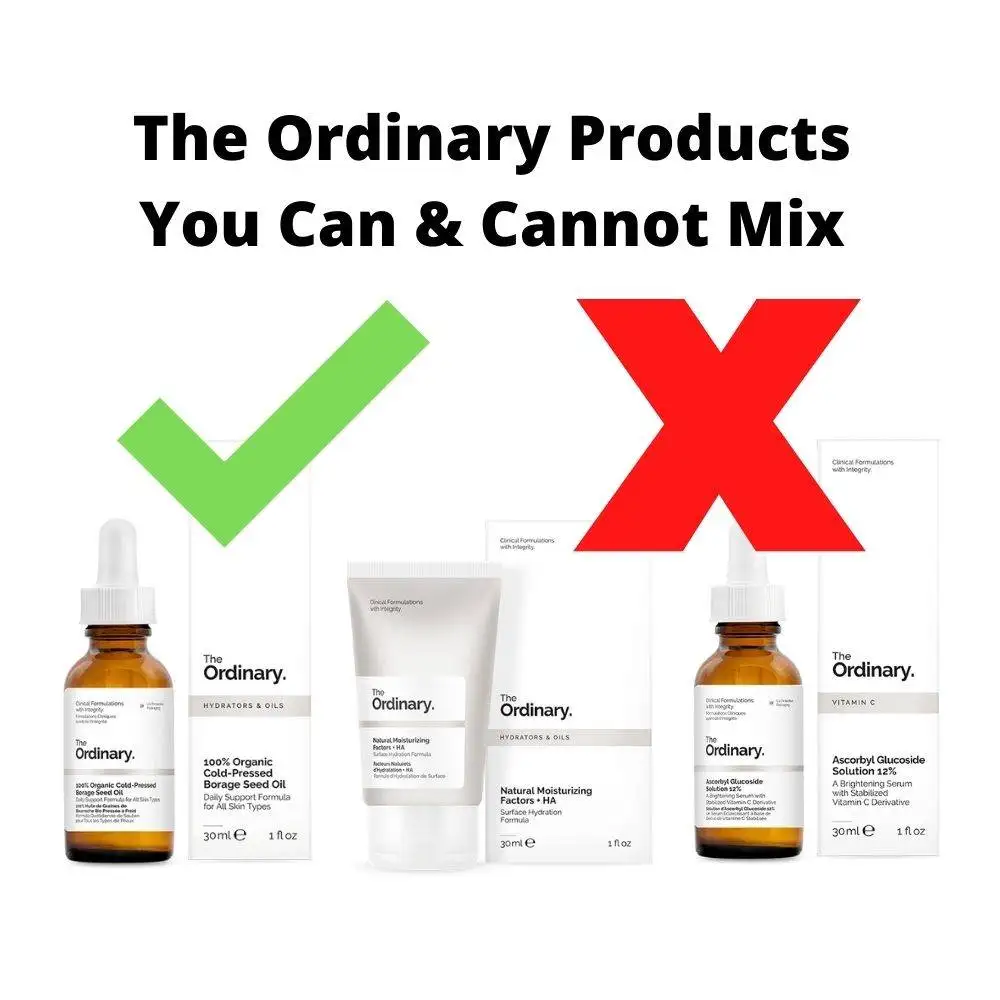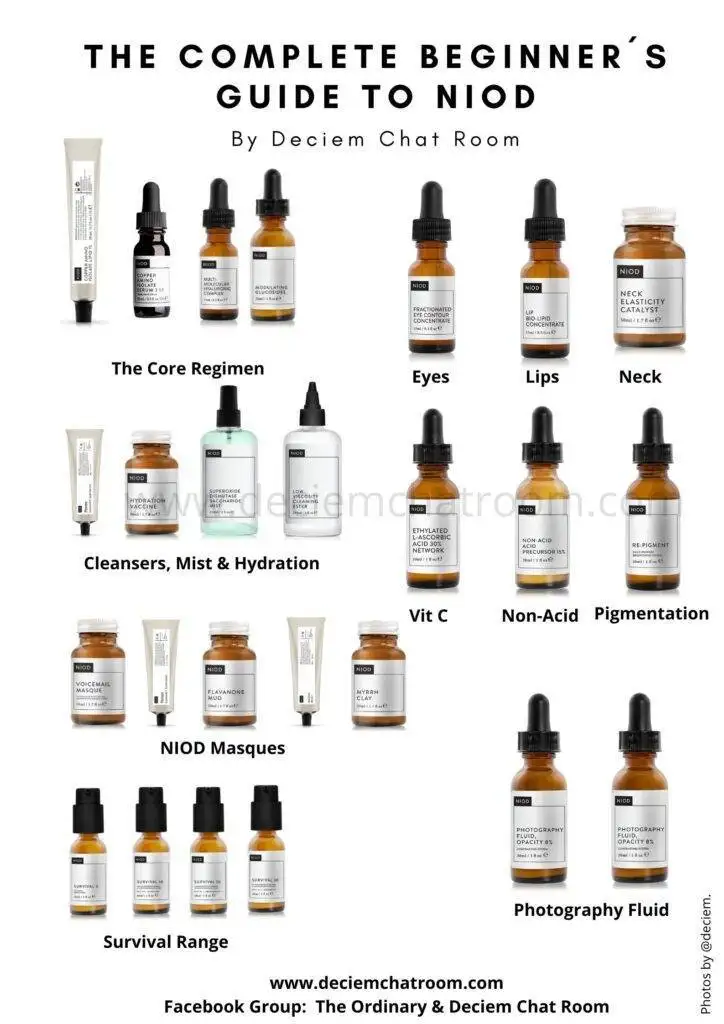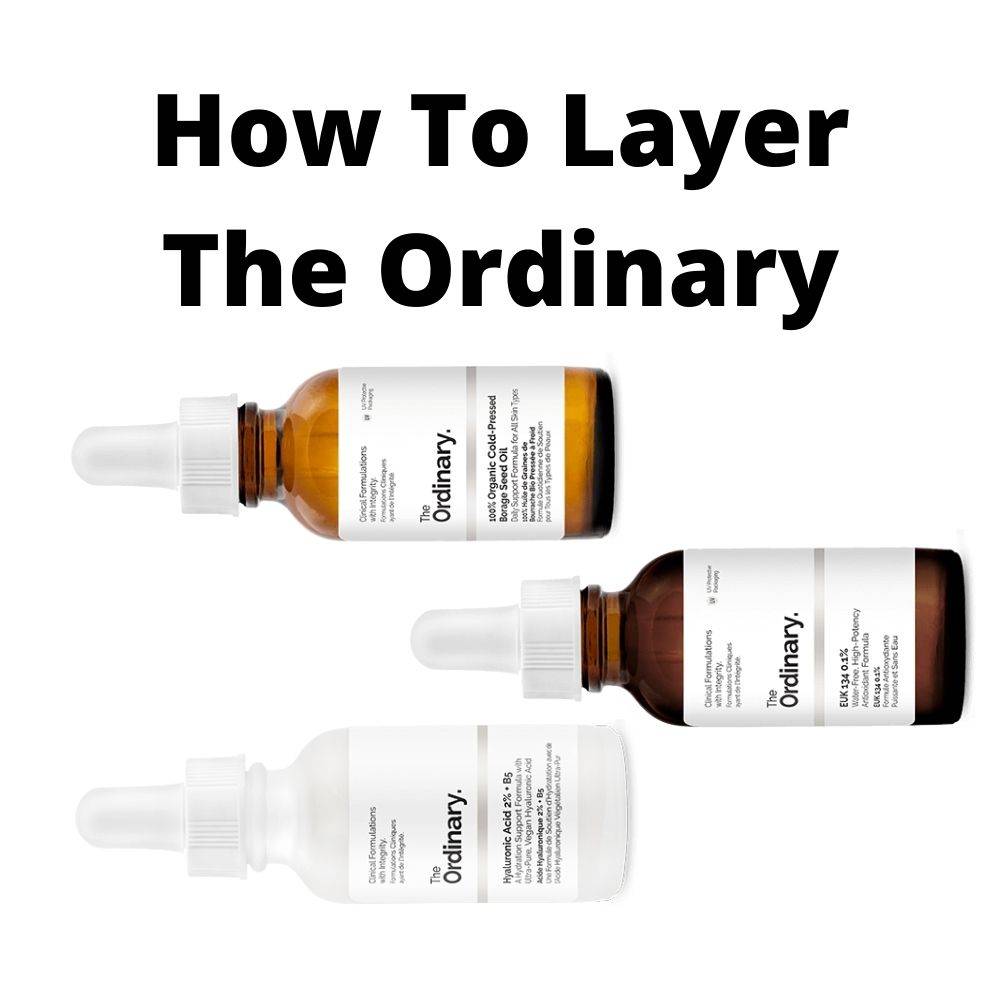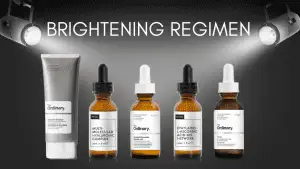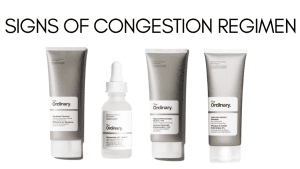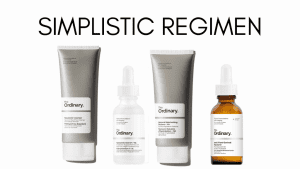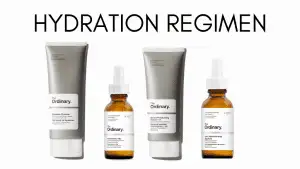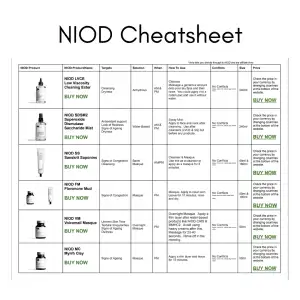The Sulfur 10% Powder-to-Cream Concentrate is here to help—fast, discreet, and effective blemish formulation = approx 150 pimple patches. You can buy it now at The Ordinary, Sephora US and many other stockists.
Your 15-second guide to Sulfur Powder To Cream
- Turns from powder to cream instantly
- Rub between fingertips then apply the cream directly the spot
- Targets spots without leaving a visible trace
- Reduces oil and redness
- Dries down smoothly—no buildup
- Fragrance-free and gentle on sensitive skin
- Fits easily in your bag or pocket
- Avoid other spot treatments
- 5g bottle
- Always patch-test new products
- Prices: 13.00 CAD | 10.50 EUR | 9.90$US | 16.50$AUD | 9.00 GBP click to check price in your currency.
The Ordinary Sulur 10% – Powder To Cream Concentrate
This is a targeted blemish formulation. Apply a small amount and watch the powder

Photo & Video of The Ordinary Sulfur 10% Powder to Cream
This is a sample of The Ordinary Sulfur 10% which I received back in 2024 when I was invited to Toronto to take a look at all the new launches. You just need a tiny amount, apply directly to the spot and watch it change from powder to cream.
New from The Ordinary: Sulfur 10% Powder-to-Cream Concentrate
Get ready to say “hello” to a new way to tackle breakouts. The Ordinary will be launching the Sulfur 10% Powder-to-Cream Concentrate—a clever, mess-free alternative to traditional spot treatments.
What is it?
This innovative formula starts as a light powder and transforms into a creamy treatment the moment it touches your skin. It’s powered by 10% colloidal sulfur, known for helping with spots, oiliness, and redness, without being harsh or irritating.
Why It’s Different
Unlike visible spot patches that stick out on your skin, this one blends right in. The fine sulfur powder becomes a smooth cream that dries to a soft matte finish, so you can apply it during the day without it being noticeable. Plus, there’s no added fragrance, and it’s gentle enough for sensitive skin.
That little bottle goes a long way. It gives you the same amount of use as well over 150 patches—but in one sleek, easy-to-carry tube. Great for last-minute breakouts and touch-ups, wherever you are.
How to use The Ordinary Sulfur Powder
Apply a small amount on your clean finger, rub until it becomes and cream and put it directly onto the specific area which has been cleansed. Leave this on and do not rinse off and then follow with your skincare/makeup. As with all products, it is worth patch-testing this on your arm first and then applying just once to your face to check it works for you and your skin. You can find more details about patch-testing on The Ordinary´s website.
What are the main ingredients of The Ordinary Sulfur?
The key ingredients that The Ordinary mention are in the new Sulfur 10% Powder to Cream Concentrate are; Sulfur, L-carnitine & niacinamide.
Does the new Ordinary Sulfur smell?
The key ingredients are Sulfur, L-carnitine and niacinamide. I have quite a sensitive nose but can´t really smell anything. So, do share with us in the Facebook Group, if you find it smells.
What´s the PAO of The Ordinary Sulfur?
Once opened, it says it´s best to use within 12 months once opened.
Quick Recap:
- Turns from powder to cream instantly
- Targets spots without leaving a visible trace
- Reduces oil and redness
- Dries down smoothly—no buildup
- Fragrance-free and gentle on sensitive skin
- Fits easily in your bag or pocket
- Avoid using alongside other spot treatments
- The Ordinary says to rub into a cream first and then apply to skin.
Conflicts with Sulfur 10% powder to cream
The Ordinary advises not to use this alongside other spot treatments
FAQS about The Ordinary Sulfur
Can I layer this under makeup? Yes, you can. Simply apply directly after cleansing and before any serums or makeup.
Will this product work with cystic acne? The Ordinary says “Sulfur 10% Powder-to-Cream Concentrate helps target red, inflammatory lesions often associated with cystic acne. We recommend consulting with a healthcare professional if you’re experiencing severe or persistent cystic acne”.





